Maybe you scored a seat right behind the backstop, hoping for nothing more than a pleasant evening at the ballpark. And maybe that outing with friends is interrupted by a foul ball hurtling your direction at 105 mph. Maybe the ball strikes a young girl who has to be taken to the hospital, while the batter — the New York Yankees’ prized rookie, Clint Frazier — watches in horror, thinking of his own two kids, who are under age 3.
Such was the case last week, reviving questions as to why Major League Baseball hasn’t instituted and enforced uniform standards for protective netting — a problem that’s been exacerbated with the construction of newer, more intimate stadiums with a smaller amount of foul territory.
“We've been trying to get these teams to put nets up,” Minnesota Twins second baseman Brian Dozier said. “Number one, you don’t bring kids down there. And number two, every stadium needs to have nets. That’s it. I don’t care about the damn view of the fan or whatever. It’s all about safety. I still have a knot in my stomach.”
The following day, three major league teams — the Cincinnati Reds, San Diego Padres, and Seattle Mariners — announced they would add more netting at their stadiums in time for the start of the 2018 season, and the Colorado Rockies said that “discussions” about doing so are currently taking place, though none of the teams specifically cited the incident at Yankee Stadium as the reason for their decision. After the recent announcements, 15 teams still have not followed the recommendations issued by commissioner Rob Manfred in 2015 suggesting that the netting, which previously only covered seats directly behind home plate, extend an additional 70 feet down both baselines.
As The New York Times’ Joe Nocera noted, MLB referred to the guidelines as “policy,” but in actuality, the commissioner’s office is powerless to enforce it, and the decision is left to individual teams. In July, a fan was hit by a 105 mph foul ball off the bat of Yankee Aaron Judge, and Manfred said the architectural proportions of 30 different stadiums made it impossible to impose league-wide standards, according to the New York Daily News.
Now, Manfred is promising to do more, although his ability to act is confined to the bully pulpit. In an interview with ESPN, Manfred described what occurred at Yankee Stadium as “extremely upsetting.” He said, “In light of yesterday's event, we will redouble our efforts on this important issue.”
In addition to the restrictions on Manfred’s authority, there’s been a strange backlash to putting up more protective netting. A Yankees official told The New York Times that the mere suggestion of additional netting prompted an outcry from fans. In addition to their displeasure at obstructed views of the action, or the inability to snag a fly ball and walk home with a souvenir, the debate has somehow devolved into questions of personal responsibility.
That is to say, they’re suggesting anyone who is struck should be paying greater attention and kind of deserves to be struck by a projectile traveling over 100 mph. There have also been grumbles about darned spoiled millennials with their heads buried in their phones. The debate has even shifted into the larger cultural war, implying these safety measures are indicative of the “ wussification” of American society. (Yes, it’s all very silly, and says a lot more about the complainant than it does the question of safety nets.)
If you’d like to see how quickly someone needs to respond, here’s a 2016 report from HBO’s Real Sports showing how quickly even the most rugged individualist would need to move in order avoid getting dinged.
And these aren’t isolated incidents. According to Bloomberg News, during the 2014 season, 1,750 fans suffered some form of injury from a ball or other projectile that went flying into the stands.






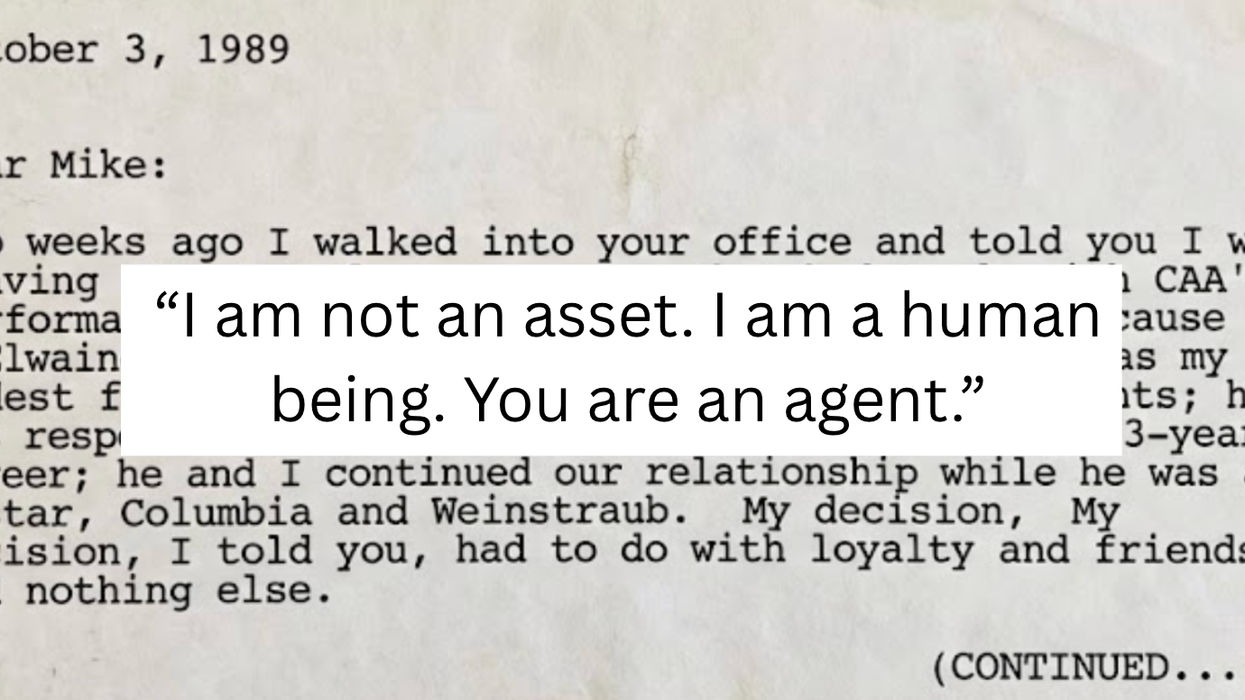



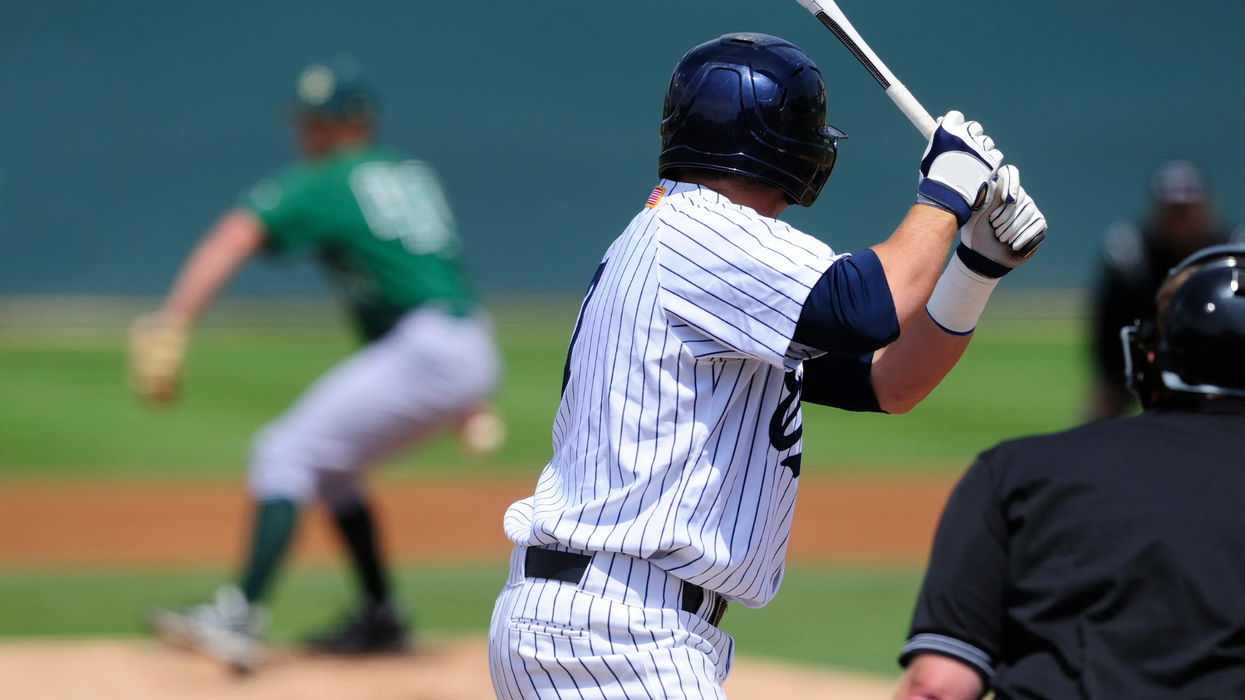





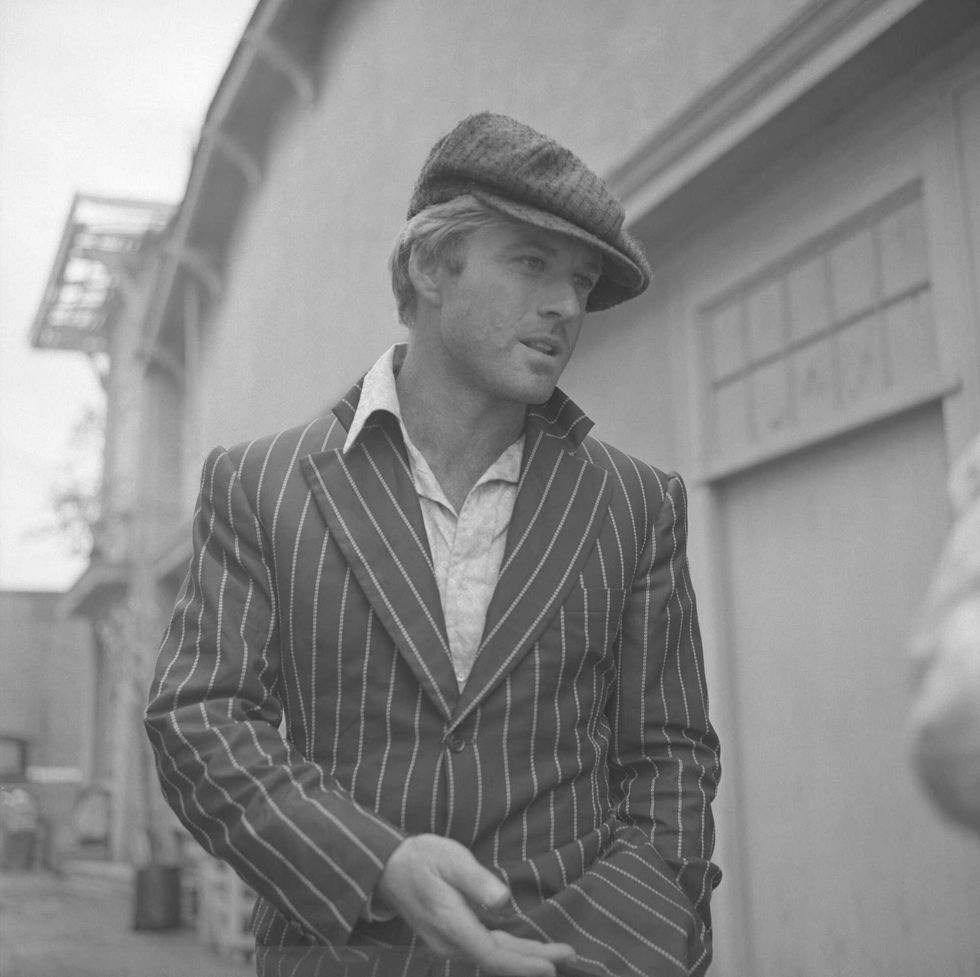 Robert Redford advocating against the demolition of Santa Monica Pier while filming "The Sting" 1973
Robert Redford advocating against the demolition of Santa Monica Pier while filming "The Sting" 1973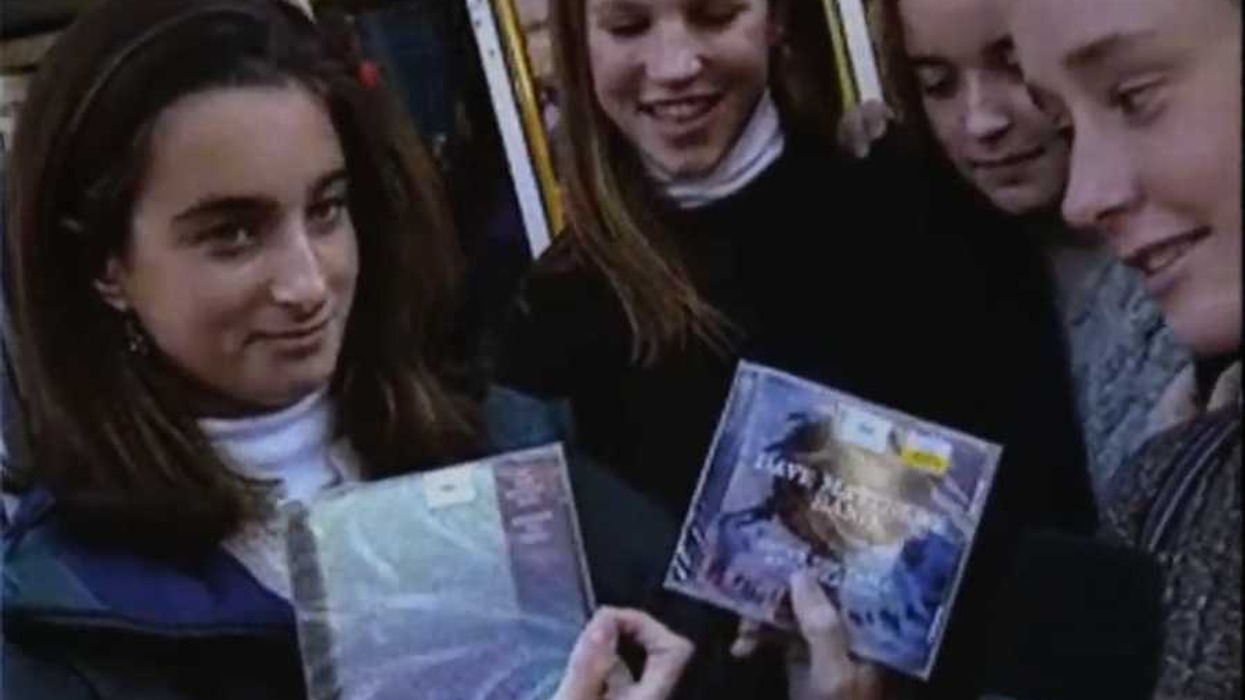


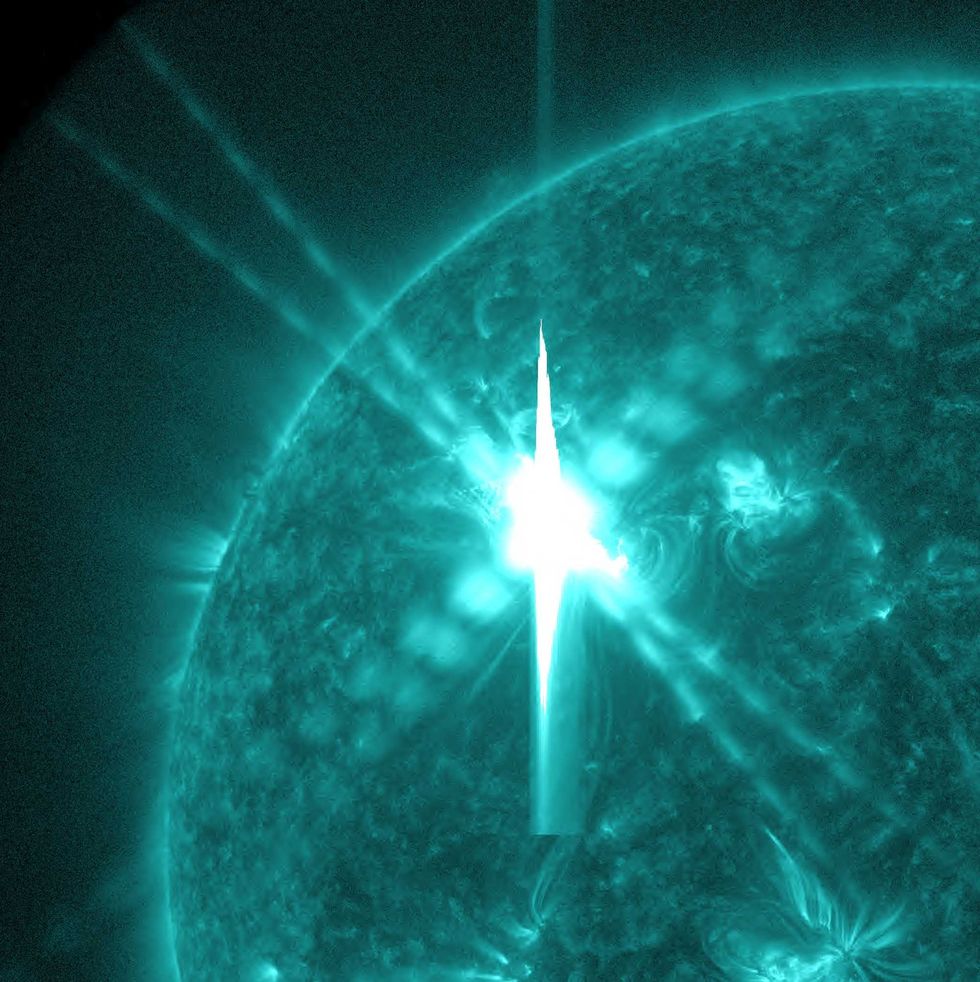 Image artifacts (diffraction spikes and vertical streaks) appearing in a CCD image of a major solar flare due to the excess incident radiation
Image artifacts (diffraction spikes and vertical streaks) appearing in a CCD image of a major solar flare due to the excess incident radiation

 Ladder leads out of darkness.Photo credit
Ladder leads out of darkness.Photo credit  Woman's reflection in shadow.Photo credit
Woman's reflection in shadow.Photo credit  Young woman frazzled.Photo credit
Young woman frazzled.Photo credit 
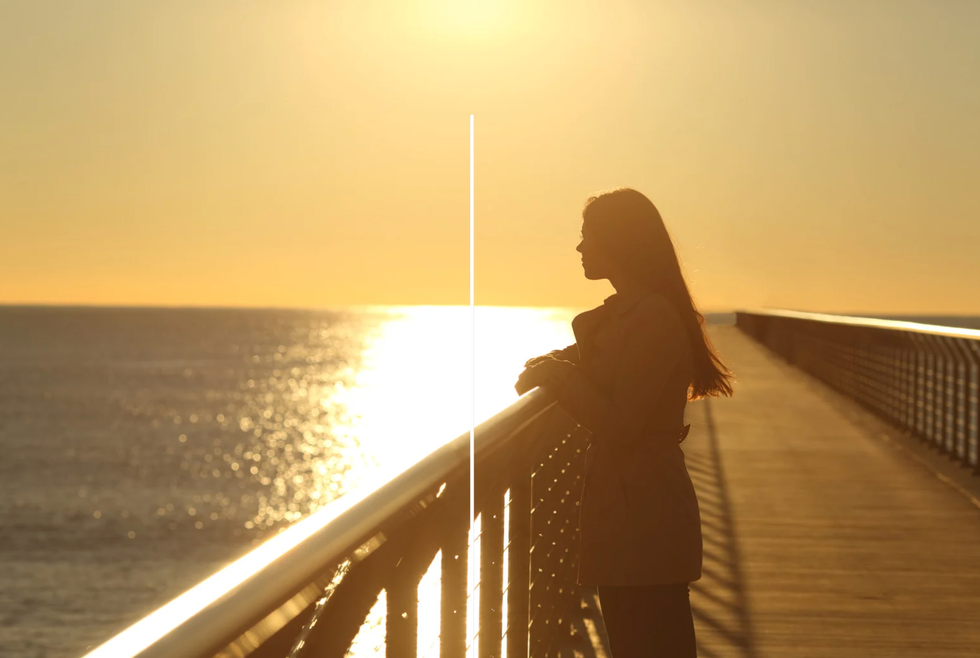 A woman looks out on the waterCanva
A woman looks out on the waterCanva A couple sits in uncomfortable silenceCanva
A couple sits in uncomfortable silenceCanva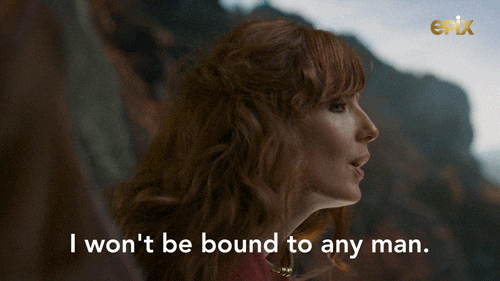 Gif of woman saying "I won't be bound to any man." via
Gif of woman saying "I won't be bound to any man." via  Woman working late at nightCanva
Woman working late at nightCanva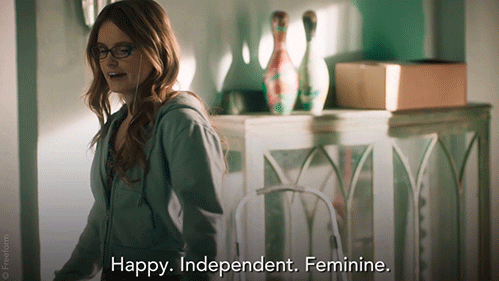 Gif of woman saying "Happy. Independent. Feminine." via
Gif of woman saying "Happy. Independent. Feminine." via 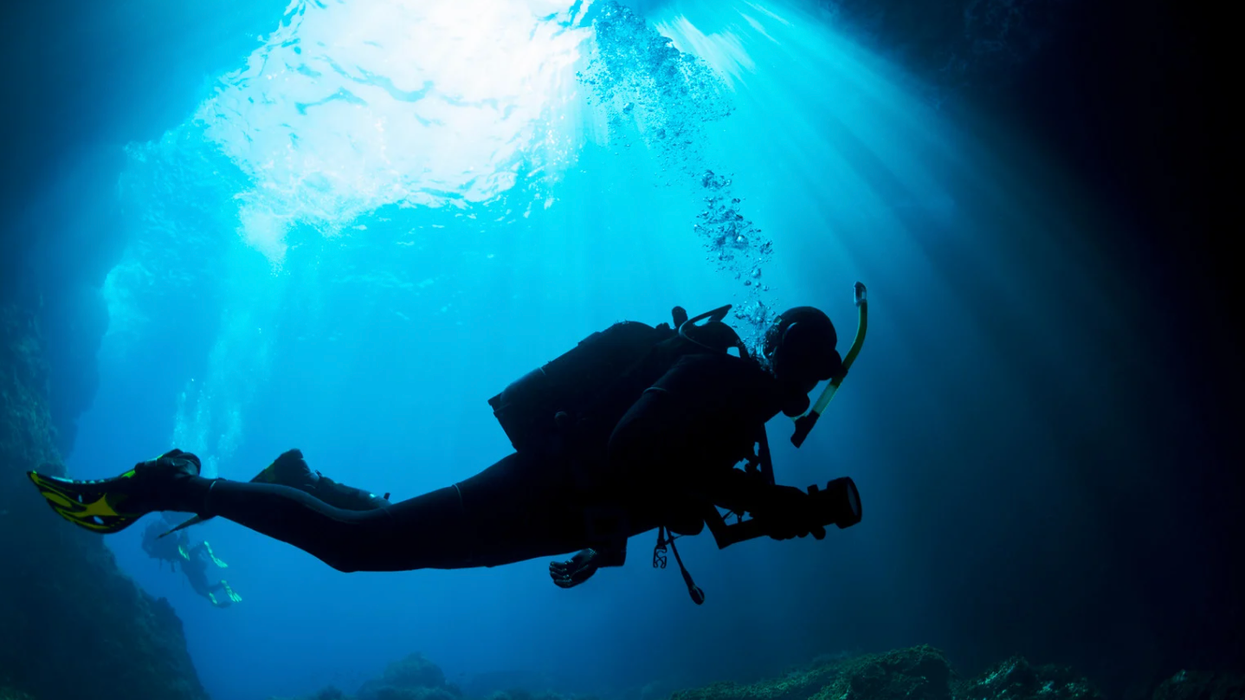
 Yonaguni Monument, as seen from the south of the formation.
Yonaguni Monument, as seen from the south of the formation.